Deep waters: editor explores his decades-long Claremont connection

New streets and subdivisions are beginning to replace orchards above Base Line Road in this 1965 aerial photo of Claremont. The city’s population doubled every 10 years from 1940 until 1970. Photo/courtesy of City of Claremont History Collection, The Claremont Colleges Digital Library
by Mick Rhodes | editor@claremont-courier.com
My earliest memories of Claremont are from the mid-1970s, when my mother and I would make the trek from Glendora to eat at Griswold’s Smorgasbord and I would devour every Swedish meatball in the 91711.
It wasn’t until the late 1970s though, as an extremely awkward teenager, that I began to avail myself to the then enticingly vibrant cultural mecca that was Claremont. I was enamored with this new (to me) music called punk rock, which was percolating in the funky college town just a few miles up Foothill Boulevard from sleepy Glendora.
I was vaguely aware of the Claremont Colleges, though to be honest my working class family didn’t really discuss higher education at the dinner table, so I might be projecting a more aspirational book smart scene than actually occurred. Regardless, I was soon smitten, soaking in the leafy, subversive vibes of the five Cs.
I’d never seen anything in my short life that looked and felt so effervescent.

Undated photo of Griswolds Smorgasbord as seen in postcard sold at the restaurant.
By 1980 I had started playing music in bands, and the Colleges had an abundance of parties and other small venues in which to blast away. Plus, the girls; I did mention I was an adolescent at the time, yes?
We played parties on campus, at Pitzer College’s The Grove House and Scripps’ The Motley Coffeehouse. It was a wild scene in the early- to mid-1980s.
Punk rock was outside the mainstream then. We had to dig for our treasure, and Claremont’s Rhino Records was a goldmine. The store, which decamped to Montclair last June after 48 years in Claremont, was then located where Viva Madrid is now. Rhino’s used and “cutout” bins were accessed via a rickety staircase up on a mezzanine overlooking the store. It was there where we found most of our music. Much like “Championship Vinyl” in Cameron Crowe’s 2000 film, “High Fidelity,” the clerks at Rhino were quasi-rockstars, all-knowing, jaded, a heavily opinionated crew who had no qualms about rolling their eyes if you brought an unworthy record to the cash register. Thankfully I was mostly spared their judgment because I bought the latest weirdo releases from England and the US, most of them on small, independent record labels, which apparently passed the sniff test.
Though punk rock was changing the look and tastes of more and more kids in the early 1980s, the Village still retained its patchouli scented 1960s hippie motif. We joked about it at the time, but I eventually came to appreciate the previous generation’s own “outside” culture as a cousin to mine; I even attended a Grateful Dead show in 1987. I hated it, but dammit, I went and checked it out anyhow.
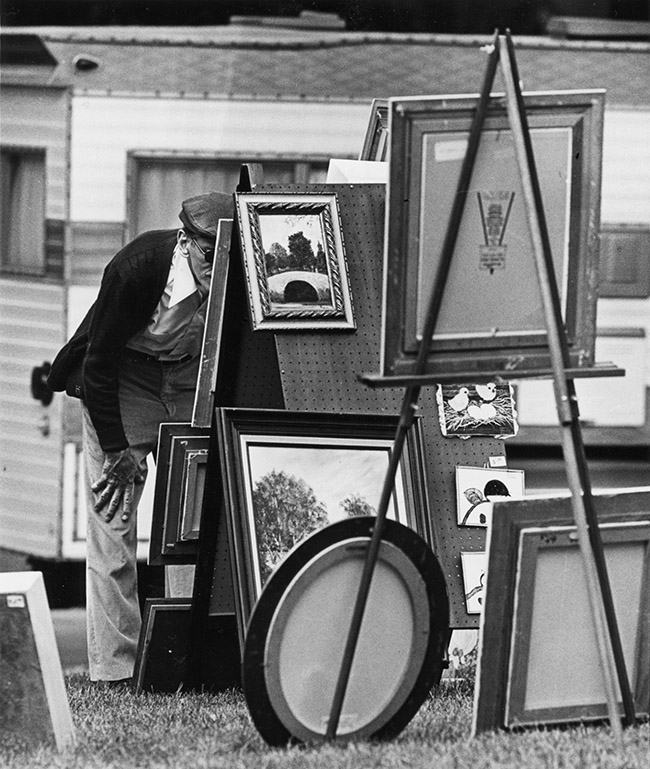
Charles Guzzo checks out some of the art on display during one of the weekly art fairs at Griswolds in the 1980s. Courier photo/Steven Felsch
As the ‘80s marched on, I found myself spending more and more time in the City of Trees. In 1982, my punk rock band Human Therapy made our first record at Winetree Recording Studio, at 232 N. Indian Hill Blvd., now home to Miller’s Cleaners. We’d been working hard, rehearsing obsessively, and I had written what I felt was a pretty good batch of songs. Winetree was gleaming, with its then state-of-the-art 24 track mixing board, glorious 2” tape machines, and a room full of vintage mics. Walking in and setting up our ratty, ragtag gear felt like validation. To say it was exhilarating is not strong enough: it was life changing.
In true punk rock DIY fashion, we were extremely efficient, recording four songs in their entirety — basic tracks with drums, bass, rhythm guitar; lead vocals; background vocals; and guitar overdubs — in just four hours. The final product put us on the map, modestly, and fueled what would turn out to be a lifelong passion of mine to write, record and release music. And it all started right here in Claremont.
As the ‘80s rolled on, friends moved into the Village, which was then still affordable enough that ne’er-do-well punk rockers could gang up and rent a beautiful old home. Human Therapy broke up in 1986, and I joined up with friends in other bands and mostly abandoned making art for the art of partying. It was fun, but I came to realize creativity is a muscle that needs to be exercised, or it can atrophy. It would take me over a decade to get back on the songwriting horse.
In 1988 I moved to Pasadena and started my journalism career. This was followed by moves to Lake Tahoe in 1992, back to Pasadena in 1995, Mar Vista in 1997, and finally, to Claremont in 2008.
Though I’d never lived here, I had spent so much time playing music, visiting family and friends, and hanging out in the Village, it felt like a homecoming. Many of the old familiars remained: Rhino, The Press, Walter’s. My two youngest daughters were just 6 and 2. My son would be born two years later. We lived across the street from Lewis Park on Syracuse Drive in a 1963 Lewis Homes gem with a pool. I walked my middle daughter to first grade at Condit Elementary School every morning, and back every afternoon. My youngest went to preschool steps from our front door, at Tiny Tots. I felt I’d died and gone to suburban heaven.
In 2016 I was lucky enough to be hired at the Courier. And here I am now entrusted with the editor’s job. I’ve been lucky, and yes, have worked hard, but writing about my long association with Claremont has helped me to realize just how deep that connection goes.
Lucky, indeed.




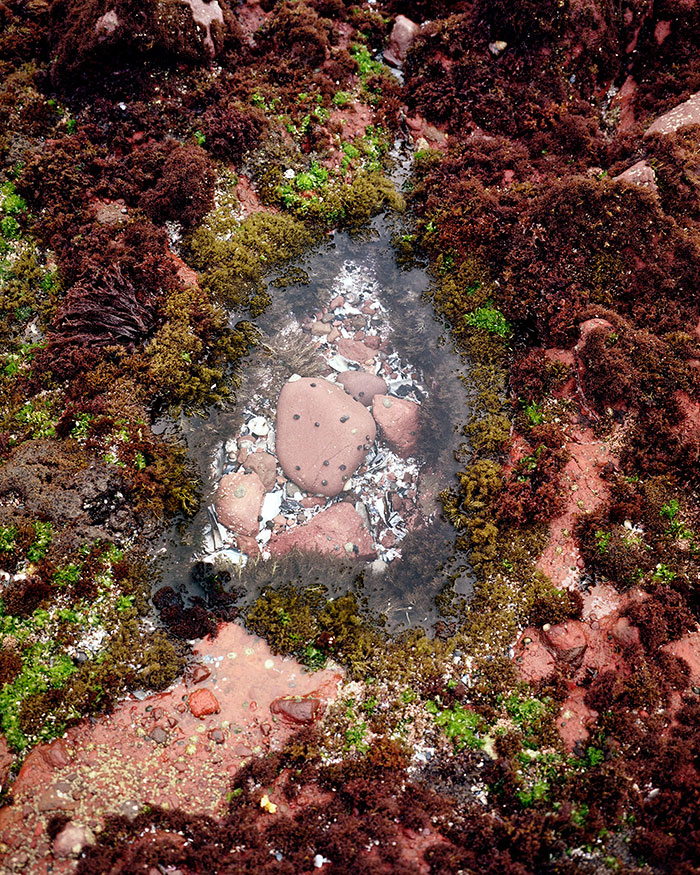
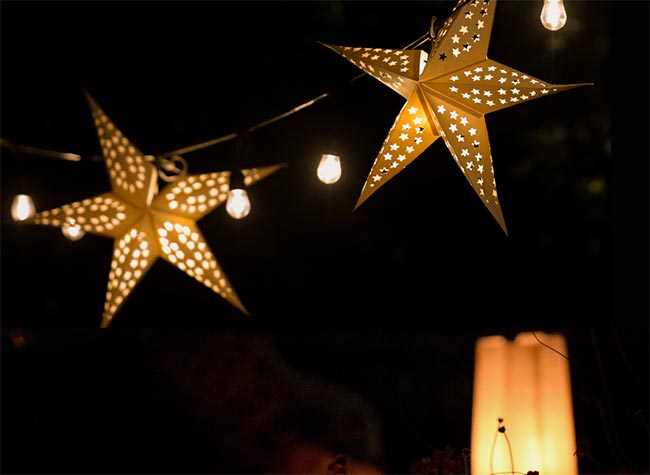
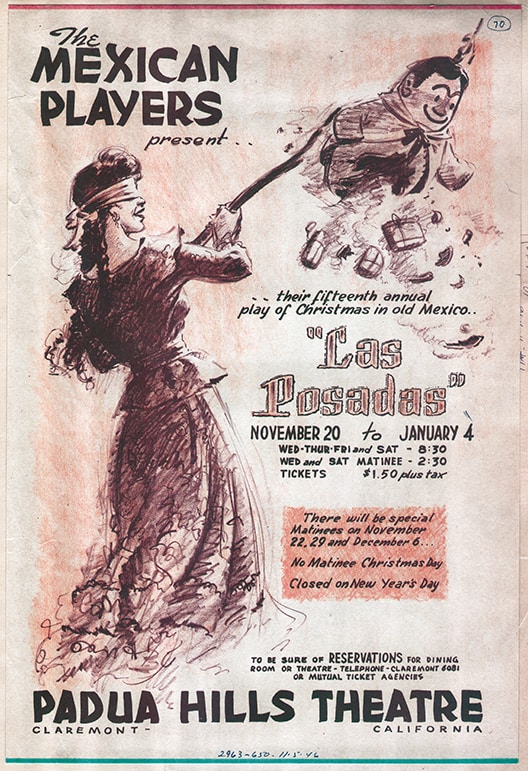

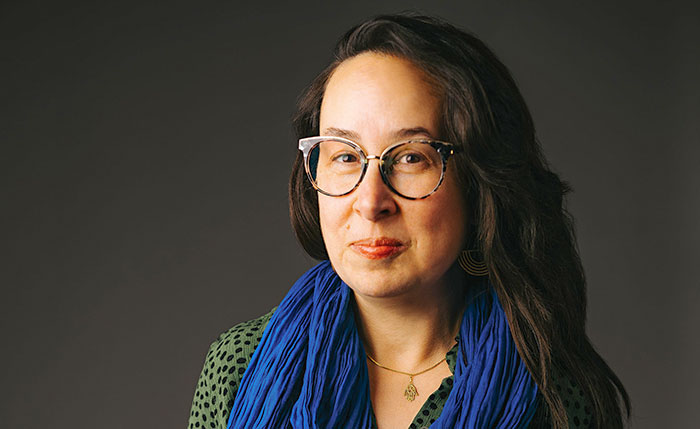

0 Comments